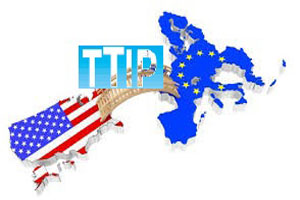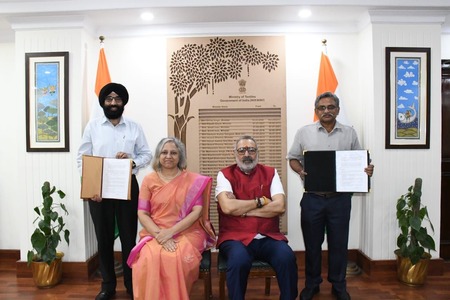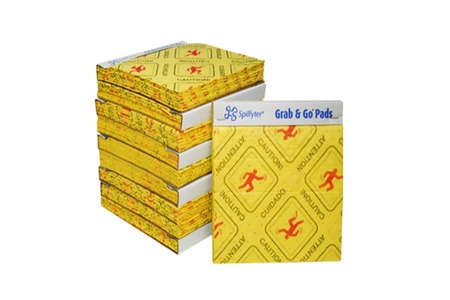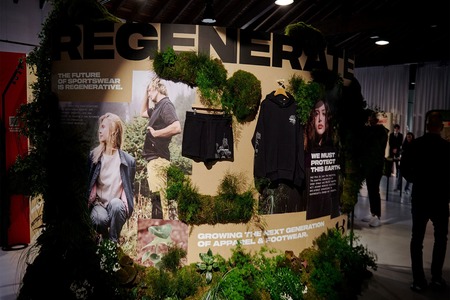
EU and US in process of negotiating TTIP may create opportunities for textile and clothing sector
YarnsandFibers News Bureau 2015-07-17 16:00:00 – USThe European Union and the United States, two of the biggest economies in the world are going far beyond what has been done previously in any agreement except the EU’s single market. They are in the process of negotiating the Trans-Atlantic Trade and Investment Partnership (TTIP), a key bilateral trade agreement intended to further integrate the two economies.
The two economic entities, which together account for around a third of world trade and half of world GDP, are already deeply integrated.
Though in the long term it will have wider implications for the global macroeconomic dynamics, the agreement concerns bilateral trade between the European Union and the United States. This bilateral trade, which in 2011 accounted for 4.4 per cent of global trade, has declined sharply in this century.
Since over half of all goods traded between the European Union and the United States are traded freely with no tariffs, the agreement is likely to have little to no direct impact for many sectors of the economy.
However, the tariffs are higher for some traditional manufacturers, such as clothing. For example, the average tariff on clothing in 2015 amounts to 11.5 per cent in the EU and 11.6 in the US. In addition, the clothing and textile market is one that continues to have minor divergences in technical standards.
According to the research carried out by Centre d'Études Prospectives et d'Informations Internationales (CEPII) shows that, on current trends, the European Union and the United States would jointly account for only 22 percent of world trade in 2035, compared to 37 percent for the ASEAN+6 block of countries.
According to Euratex, a European textile and apparel industry trade body, the EU imposes maximum duties of 12% for American made bed linen. Data from the US Association of Importers of Textiles and Apparel, indicates that only 3% of garment imports currently come from Europe.
Trade between ASEAN+6 members (17 per cent) would dwarf that between transatlantic partners (2.4 percent). This is perhaps not surprising, given that most apparel currently sold in the United States is manufactured in Asian countries, such as Vietnam or China.
If the Trans-Atlantic Trade and Investment Partnership is successful it may go towards creating opportunities for the textile and clothing sector with not just reduced tariffs benefits but a potential harmonization of standards, such as labelling and safety tests. The agreement may bring relaxation of other regulatory burdens.
One of the most difficult issues on textiles and apparel in TTIP will be the rule of origin, given that the U.S. and EU have taken vastly different approaches on this issue in their existing preferential trade agreements.
Market Intelligence
Ask for free sample Report

experience
Customer Base
dedicated team
Countries Served Worldwide









